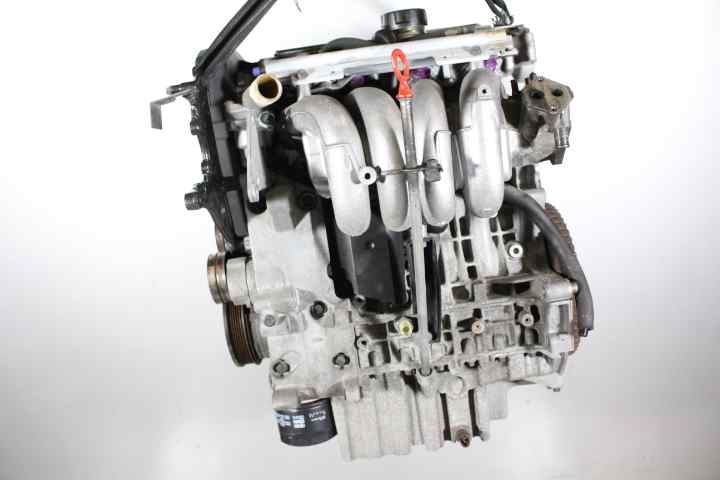For the average person, purchasing and maintaining a car is one of the most significant expenses in their life. Whether you are renovating an outdated model or struggling to finance a state-of-the-art vehicle, car ownership is downright expensive. And while spending some money on your car is inevitable, there are several unnecessary auto expenses you can avoid. Between outdated maintenance methods to overspending on car parts, chances are you are wasting money without even knowing.
Is your car a cash guzzler? Consider these seven ways you’re wasting money on auto expenses.
Only purchasing new auto parts
You would be surprised at the quality of used car parts you can find that are both accessible and affordable. Used parts are often pulled from abandoned or scrapped vehicles and are refurbished to function like new. For those drivers treading into financially risky terrain, finding a used part that integrates with your car is relatively easy through local junkyards, auto salvage, and auto recyclers like this.
Agreeing to tune-ups
Older cars require a tune-up every 30,000 miles, but most newer models don’t need one at all. If a mechanic suggests a tune-up, follow up with questions about the specific services required. Some shops classify regular maintenance tasks like a spark plug change as a tune-up to overcharge for the service.
Choosing synthetic oil
High-performance vehicles with turbocharged engines benefit from synthetic oil, but older cars certainly don’t. Make sure to check your owner’s manual to find the suitable grade of oil for your vehicle. If you find that your vehicle doesn’t require a synthetic product, you immediately cut down on the unnecessary expense.
Ignoring dashboard lights
It might be tempting to write off a dashboard light as a minuscule issue, but minor malfunctions quickly become significant expenses. You should always investigate a flashing icon, even if your car is functioning fine. When you are unsure of what a light indicates, take your vehicle into the dealership, where professionals can evaluate the problem.
Not replacing the air filter
Oil changes and car washes aren’t the only regular maintenance you should be doing. Failing to replace your air filter results in decreased fuel efficiency and an increase in gas expenses. As a rule of thumb, replace the air filter every 25,000 miles to avoid clogs.
Purchasing headlight kits
Over time, headlights become foggy and yellowed. Instead of purchasing overpriced headlight restoration kits, opt for a quick at-home repair. Start by adding soap to warm water and carefully remove the damaged plastic. Use sandpaper to polish the inside and retreat with a protective coating.
Changing oil every 3,000 miles
Despite what you were taught in high school, changing your vehicle’s oil every 3,000 miles is excessive and wasteful. Nowadays, oil and motor cars are incredibly efficient and typically require a change every 5,000 to 7,500 miles. Check your owner’s manual for specific recommendations and break the pricey maintenance habit.
Final thoughts
Owning and maintaining a car shouldn’t break the bank. By cutting down on these hidden expenses, you can put your money toward purchases that matter.









